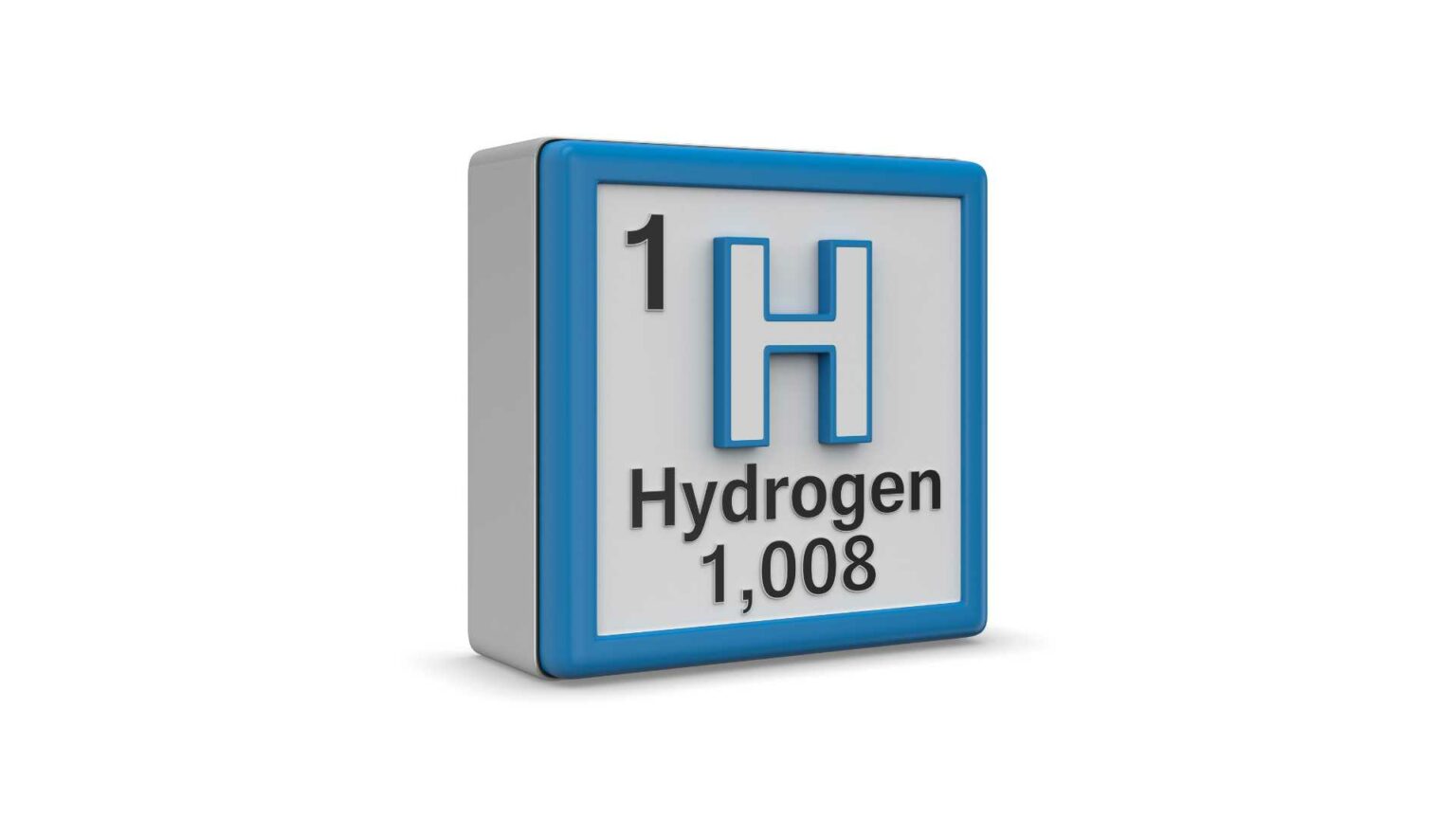MITSUI E&S, in collaboration with its U.S. subsidiary PACECO Corp., has launched the world’s first hydrogen fuel cell-powered rubber-tyred gantry (RTG) crane, known as the H2-ZE Transtainer, at the Port of Los Angeles.
MITSUI E&S claims that the H2-ZE Transtainer matches the performance of conventional diesel-powered RTG cranes. While initial tests at the MITSUI Oita factory indicated promising results, the true test lies in real-world operations. The commercial deployment at Yusen Terminals Inc. aims to validate these performance metrics, but continuous monitoring and data collection over an extended period are crucial to confirm these initial findings.
One of the touted benefits of the hydrogen RTG crane is its operational efficiency without the need for a constant grid connection. This could potentially reduce infrastructure costs for terminal operators. However, the total cost of ownership, including hydrogen fuel costs, maintenance, and potential downtime, needs to be critically evaluated. Additionally, the scalability of retrofitting existing diesel RTGs to hydrogen power presents both a logistical and financial challenge.
The Ports of Los Angeles and Long Beach have set an ambitious target to eliminate emissions from all cargo handling equipment by 2030. The hydrogen RTG crane fits well within this framework, promising zero emissions and reduced environmental impact. However, the broader environmental benefits depend on the source of the hydrogen. If the hydrogen is produced using renewable energy, the environmental impact is minimized. Conversely, hydrogen production from fossil fuels could undermine the zero-emission goals.
The project also includes a demonstration of the hydrogen supply chain, from local production to consumption. This aspect is critical, as the viability of hydrogen-powered equipment hinges on a reliable and sustainable hydrogen supply. Developing this infrastructure is a complex task that involves significant investment and coordination among various stakeholders, including government bodies and private enterprises.
MITSUI E&S’s strategy includes supplying new hydrogen RTG cranes and retrofitting existing diesel-powered units. While this dual approach could accelerate adoption, it also presents challenges. Retrofitting requires careful assessment of existing equipment, compatibility checks, and potential operational disruptions during the conversion process. Moreover, terminal operators need to be convinced of the long-term benefits and cost savings to justify the initial investment.
MITSUI E&S and PACECO’s pioneering efforts position them as leaders in the move towards decarbonized port operations. However, the competitive landscape is rapidly evolving, with other companies and technologies vying for market share. Continuous innovation and the ability to demonstrate clear, measurable benefits will be key to maintaining and growing their market position.
